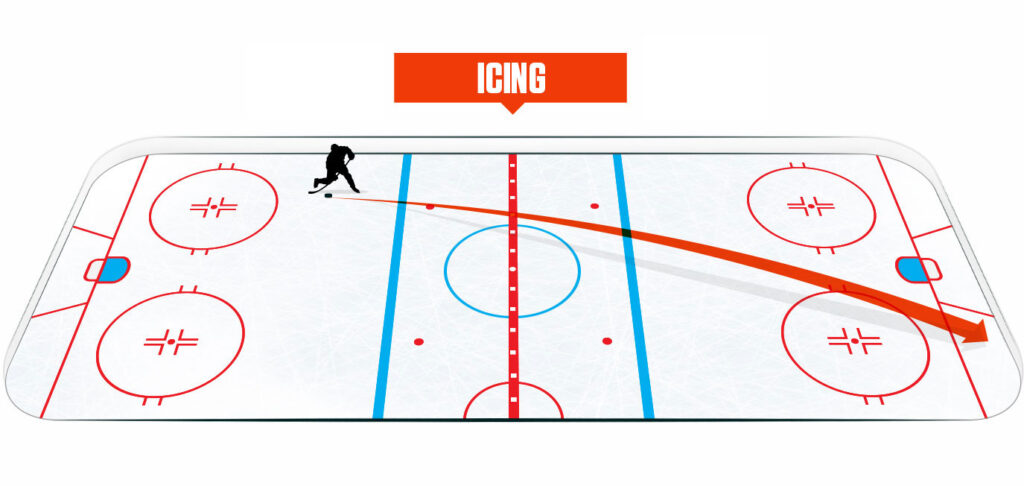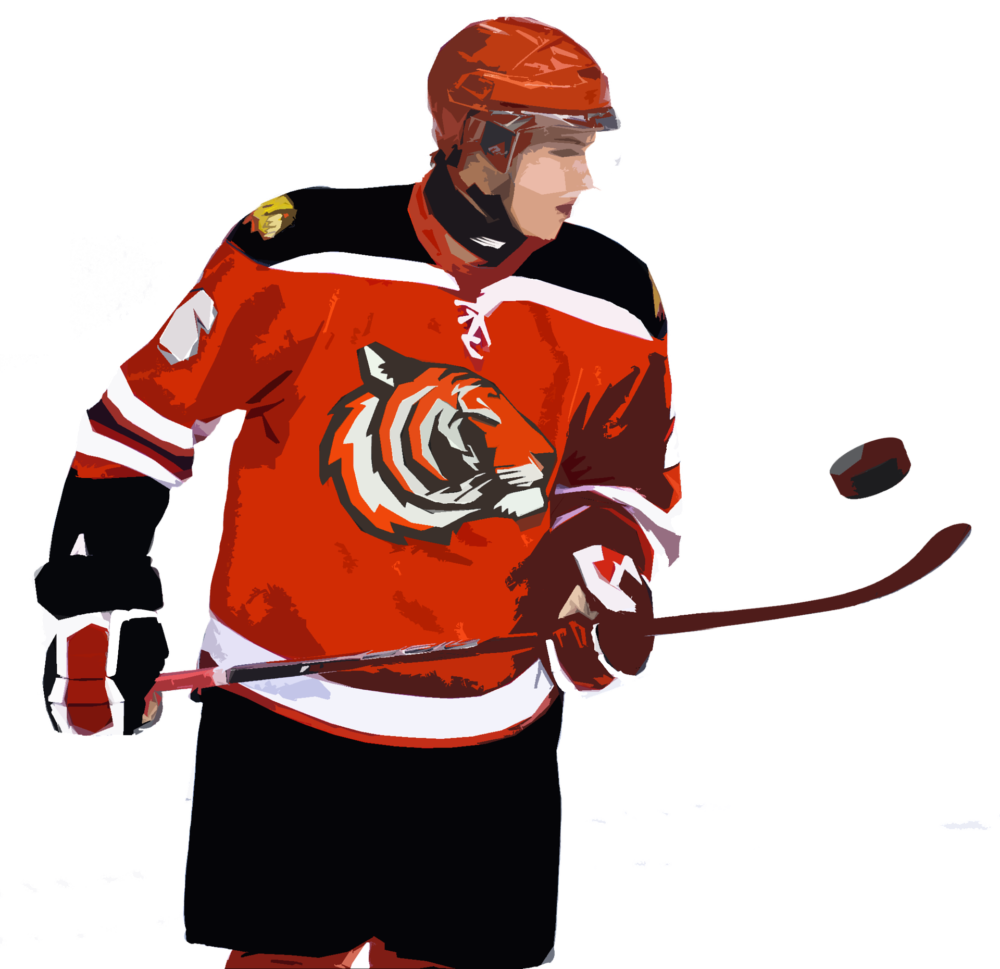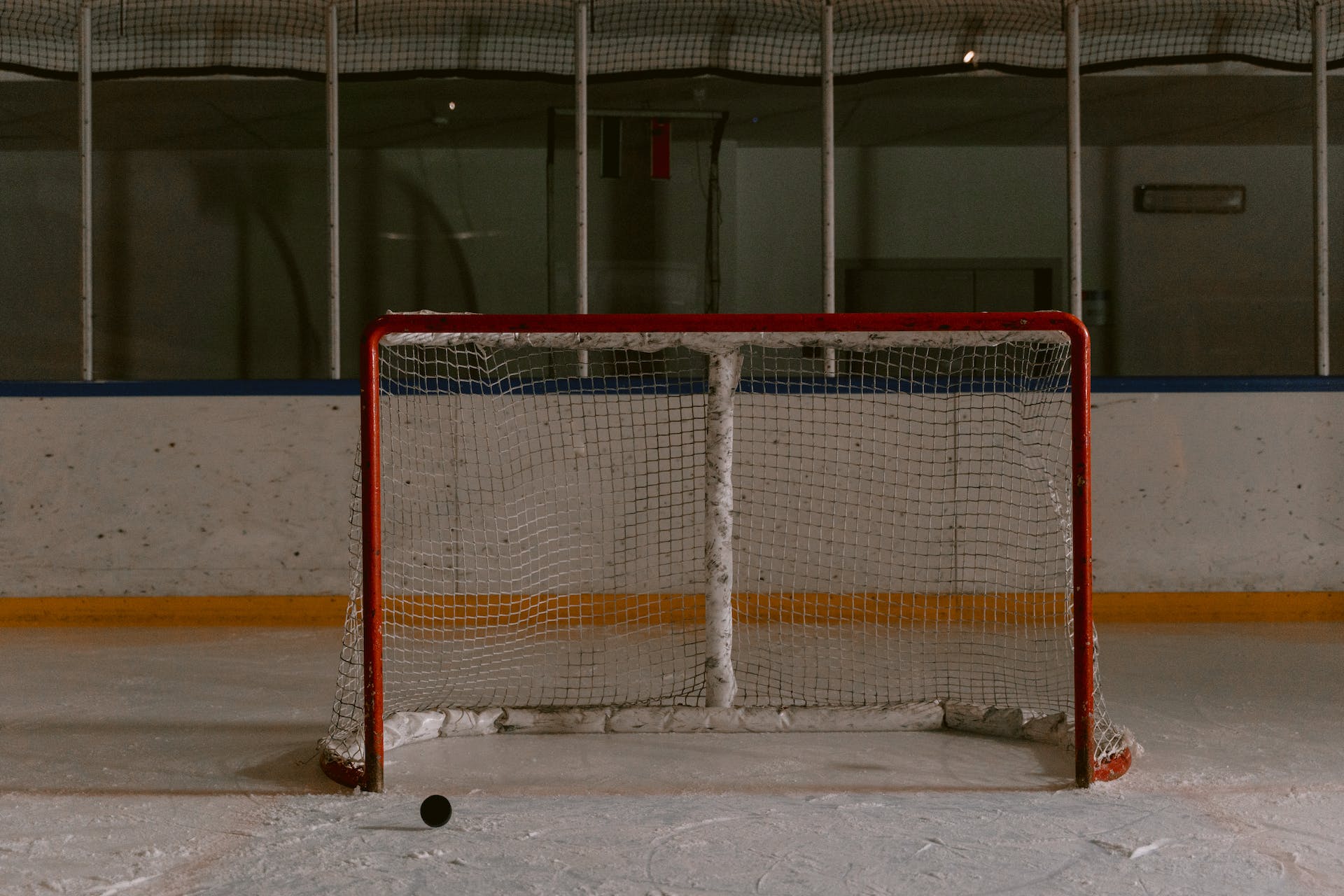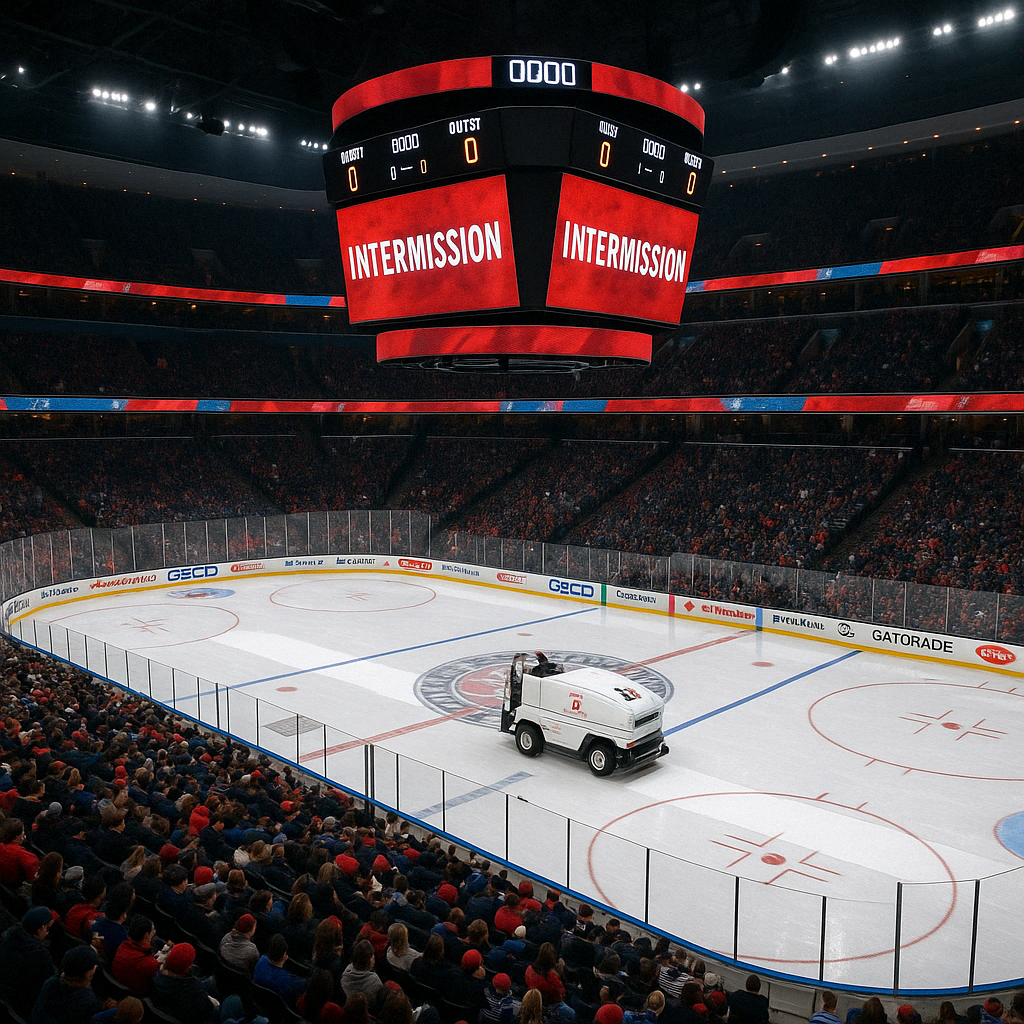Icing may seem like a basic stoppage in hockey, but behind the whistle lies a layered rule with decades of evolution, safety concerns, and real strategic impact. First introduced in 1937 to stop teams from abusing defensive clears, the icing rule now shapes everything from forechecking to faceoff deployment.
Icing seems simple, but I’ve seen it completely change the momentum of a game. A quick whistle, a tired line, and suddenly you’re scrambling to defend. In this update, I’ll break down why icing matters—from the rules to the real decisions players and coaches make around it.
TL;DR
- Icing happens when a player shoots the puck from behind center and it crosses the opponent’s goal line untouched—resulting in a defensive zone faceoff with no line change allowed.
- Most pro leagues use hybrid icing, where the linesman stops play based on who would reach the puck first at the faceoff dot.
- Icing is waived off if a team is shorthanded, the goalie plays the puck, or an opponent could have reasonably played it.
- Touch icing is rare; no-touch icing is used in youth/amateur leagues for safety.
- Icing isn’t a penalty, but it’s high-impact—especially in overtime, where possession and fatigue matter most.
- In 2025, NHL teams iced the puck 3,688 times. Only 5% of those resulted in goals within 30 seconds—but Vegas and Anaheim showed how to capitalize.
- Strategic icing, failed dump-ins, and forechecking pressure all shape how often icing occurs—and what happens next.
- Smart coaching, strong breakouts, and good faceoff tactics help teams control icing outcomes, not just avoid them.
What Is Icing in Hockey?
Icing is when a player shoots the puck from behind their own side of center ice and it crosses the opponent’s goal line untouched. It might seem straightforward, but in my experience, it’s one of the few rules that consistently flips the ice. One bad clear, and suddenly you’ve got your fourth line stuck against their top unit, no line change allowed, and a faceoff in your own zone.
The intent behind the rule is to discourage teams from stalling by simply dumping the puck down the rink. And it works. But it also opens up tactical wrinkles. I’ve played in games where icing was used as a pressure relief valve and others where it turned into a costly turnover.

Most leagues today follow the NHL’s hybrid icing model. Instead of racing all the way to the puck, the linesman judges who would get there first at the faceoff dot. That decision determines whether play stops. It reduces high-speed collisions near the end boards without fully removing the competitive chase.
There are key scenarios where icing doesn’t apply:
Exceptions to Icing Rule
- Your team is killing a penalty
- The goalie leaves the crease or plays the puck
- The opposing player had a clear chance to play it
- The puck is iced right off a faceoff
- The puck deflects off an official or changes path naturally
Icing isn’t about penalties. It’s about control, pressure, and territory. And when you’re gassed, stuck on the ice, and the ref’s arm goes up, you know it’s about to get tougher.
Icing can lead to sudden stops and potential collisions during a game, emphasizing the need for a reliable hockey helmet. You should always protect your head with the right type of hockey helmet. Learn how to pick the right one with our Comprehensive Guide on Choosing Hockey Helmets and ensure your safety on the ice.
Common Reasons for Icing the Puck
| Reason | Description |
|---|---|
| Tiring Out the Opposing Team | Used as a strategic move to tire out the opposing team and create scoring opportunities later in the game. |
| Killing a Penalty | Used by the team that is down a player to relieve pressure and buy time. |
| Clearing the Zone | Used to clear the puck out of the defensive zone to prevent the opposing team from scoring. |
| Changing Lines | Used to give the team a chance to change players on the ice without penalty or consequence. |
To learn about key positions and roles of players in ice hockey, read my guide on Ice Hockey Positions.
Types of Icing
There’s more than one way for icing to be called—and depending on the league you play in, the experience can be very different.
Hybrid Icing (Used in NHL, AHL, KHL)
Hybrid icing is the standard used in the NHL and most professional leagues. It’s a safety-focused rule where the linesman makes a judgment call at the faceoff dot—if the defending player is likely to reach the puck first, icing is called; if the attacking player would get there first, the play continues. This method reduces dangerous races to the end boards while preserving the competitive element of icing.
No-Touch (Automatic) Icing (Used in youth and IIHF)
As soon as the puck crosses the goal line, the play is dead. There’s no need for a player to touch it. This rule prioritizes safety and consistency, especially in amateur or youth hockey where full-speed chases into the boards are too risky.
Touch Icing (Mostly phased out)
This was the rule back when I started. The defending team had to touch the puck for the icing to be called. It made for thrilling puck races but came at a cost—players crashing hard into the boards. Most leagues have moved on from it for good reason.
Looking to enhance your skills as a goaltender? Our ice hockey goaltending article provides valuable insights, techniques, and training exercises specifically tailored for goaltenders. Additionally, if you want to master body checking in hockey, our body checking in hockey article offers guidance on proper technique, positioning, and safety. Explore these resources today and elevate your performance on the ice!
Coaching Adjustments and Discipline Around Icing
Good teams build habits that avoid unnecessary icing. Coaches emphasize breakout support, situational awareness, and safe outlet passes under pressure. I’ve worked with teammates who were trained to treat icings like turnovers—we reviewed every one during film sessions.
Some coaches assign specific faceoff packages for defending after an icing, using players who excel in draws and quick defensive reactions.
History and Evolution of the Icing Rule
The icing rule was introduced in 1937 after teams repeatedly dumped the puck to protect a lead—most notably in a 1931 game where fans pelted the ice in frustration after more than 50 defensive clears. Since then, the rule has evolved to promote safety and speed.
In 2013, hybrid icing was added in the NHL after successful trials in lower leagues. It replaced touch icing to reduce collisions while maintaining competitiveness. Today, most leagues use hybrid or no-touch icing depending on the level of play.
Strategic Impact of Icing
Icing isn’t just a stoppage—it often reveals a team’s stress level. When a team ices the puck repeatedly, it’s usually a sign of fatigue, poor breakout structure, or panic under forecheck pressure. I’ve seen lines trapped, unable to change, repeatedly exposed to scoring threats.
One key consequence is the no line change rule. You’re stuck defending with tired legs against fresh attackers. It’s a recipe for goals, penalties, or missed assignments.
That said, some icings are intentional. Under heavy pressure, teams might ice the puck to reset and regroup. Coaches call this “pressure icing”—not ideal, but better than risking a turnover in the slot.
Failed dump-ins also cause icing when a player tries to clear or change lines but misjudges puck speed or angle.
Coaches also tailor faceoff matchups after icing. Players like Sidney Crosby or Stephen Weiss are known for winning defensive zone draws in these exact situations.
In 3-on-3 overtime, an icing can be a disaster—there’s no backup line, and a clean offensive faceoff win often leads to a high-danger chance.
National Hockey League (NHL) Icing Rules
| Type of Icing | Description |
|---|---|
| Hybrid Icing | The NHL standard since 2013. Linesman blows the whistle if the defending player is likely to reach the puck first at the faceoff dot. |
| No-Touch Icing (Not used in NHL) | Used in amateur/youth leagues. Play stops immediately when the puck crosses the goal line—no chase or judgment involved. |
| Touch Icing (Phased Out) | The play is blown dead only when a defending skater (not the goalie) touches the puck after it crosses the goal line. Rare in modern hockey. |
| Icing While Shorthanded | Teams that are killing a penalty can ice the puck without penalty. Icing is automatically waived off in these cases. |
| Icing on a Power Play or Even Strength | The team that ices the puck cannot make a line change before the faceoff, which can create mismatches against fresh attackers. |
While understanding icing is crucial, grasping the broader structure of the game is equally important. Learn more about the segmentation of play in our guide on Hockey Periods, and for insights into the overall duration of a match, check out our article on Hockey Game Length.
NHL Icing Statistics & Insights (2025 Season)
| Metric | Stat / Trend |
|---|---|
| Total Icing Calls (NHL-wide) | 3,688 icings recorded across the season |
| Goals Scored Within 30 Seconds of Icing Faceoff | ~5% conversion rate (181 goals immediately following icing faceoffs) |
| Most Opponent-Forced Icings | Vegas Golden Knights — 119 forced icings in 29 games (4.25 per game) |
| Highest Goal Conversion Rate After Opponent Icing | Anaheim Ducks — 15 goals scored within 30 seconds of icing (league-high) |
| Most Team Icings (Among Top Teams) | Vegas Golden Knights — 139 icings in 29 games (~4.8 per game) |
| Top Faceoff Specialist (Defensive Zone) | Stephen Weiss — 75 defensive zone faceoffs taken after own team's icing |
| Top Faceoff Specialist (Offensive Zone) | Sidney Crosby — 100 offensive zone faceoffs taken after opponent’s icing |
Frequently Asked Questions About Icing in Hockey
Is icing a penalty?
No. Icing is not a penalty—it’s an infraction that results in a faceoff in the offending team’s defensive zone. The consequence is tactical, not punitive.
Why can’t teams change lines after icing?
To prevent teams from using icing as a delay tactic, the NHL rulebook prohibits line changes after an icing. It forces tired players to defend, often giving the opposing team a key advantage.
Does icing apply during a penalty kill?
No. If your team is shorthanded (killing a penalty), you can ice the puck without being called for icing. This rule exists to help penalty-killing teams relieve pressure.
What’s the difference between hybrid, no-touch, and touch icing?
-
Hybrid: The linesman judges who would reach the puck first at the faceoff dot. Standard in the NHL.
-
No-touch: As soon as the puck crosses the goal line, play is dead. Common in youth and IIHF.
-
Touch: The puck must be touched by a defender for icing to be called. Rare today due to safety concerns.
Can a goal be scored on an icing?
No. If the puck crosses the goal line under icing conditions, the play is blown dead before a goal can be scored.
Is it still icing if the puck hits the post?
Yes. If the puck hits the post or crossbar and crosses the goal line untouched, it’s still considered icing.
What happens if the goalie moves toward or touches the puck?
If the goaltender leaves the crease or plays the puck, icing is waived off. This encourages goalies to stay engaged in the play.
How does icing impact 3-on-3 overtime?
An icing in overtime is even riskier. With fewer players and no line change allowed, it often leads to high-danger scoring chances off the ensuing faceoff.
Icing might seem like a small part of the game, but it has a massive ripple effect—on momentum, fatigue, and scoring chances. Over the years, I’ve seen it shift entire periods. A lazy clear can trap tired defenders, flip zone pressure, or lead directly to a goal. But a smart icing under pressure? That can buy you 10 critical seconds to reset.
With hybrid icing now standard, and teams fine-tuning their tactics around zone exits, faceoffs, and forechecking, it’s clear icing isn’t just a whistle. It’s a window into how disciplined, structured, and opportunistic a team really is.
To gain a deeper understanding of icing in hockey and its implications, it’s important to equip yourself with valuable resources. Explore our articles on ice hockey tips and ice hockey skills to enhance your knowledge and improve your overall game. By incorporating effective tips and honing your skills, you can navigate icing situations with confidence and elevate your performance on the ice.




